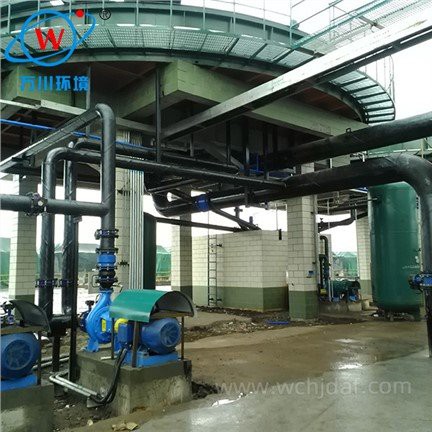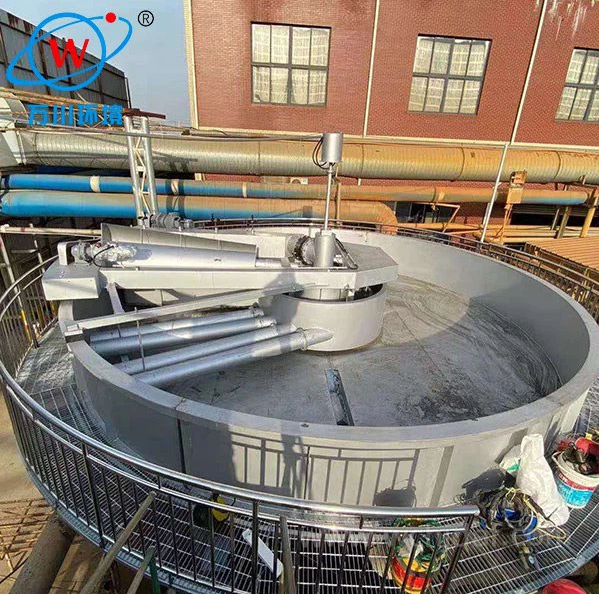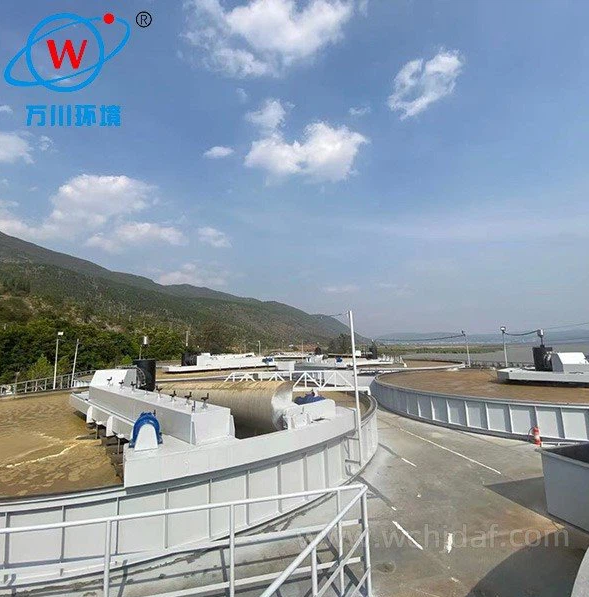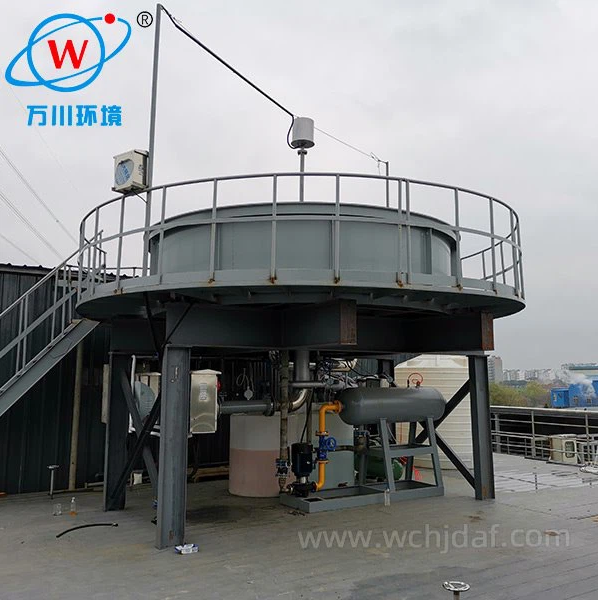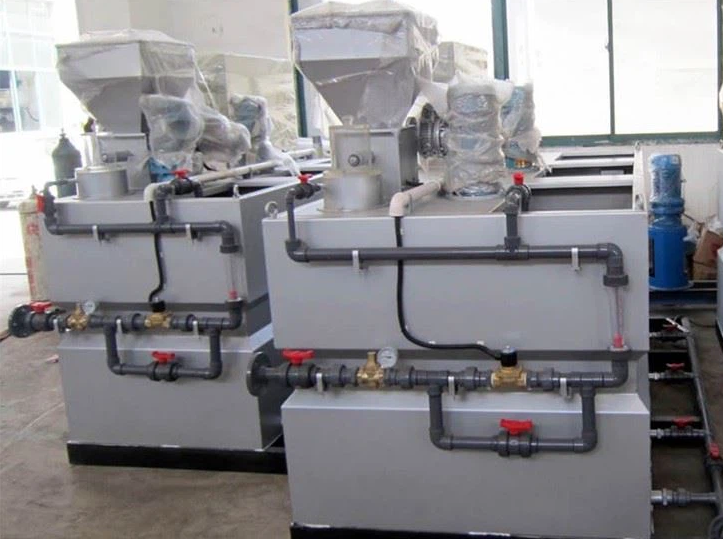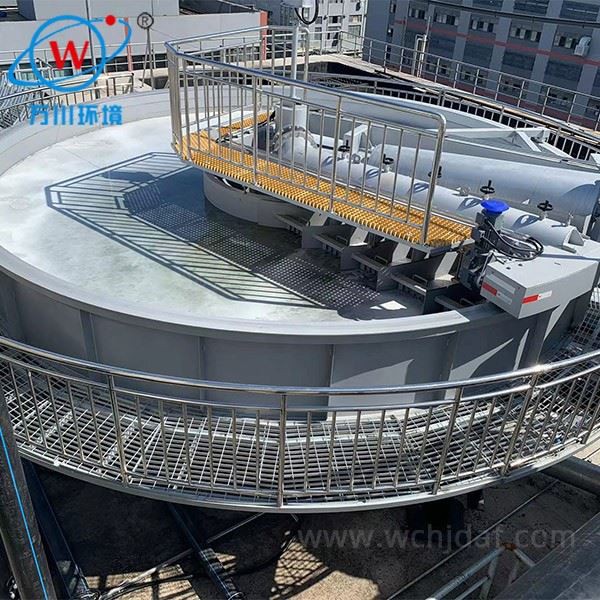Air Flotation Technology
How suspended particles attach to bubbles and float to the surface
The ability of air flotation to make suspended particles in water attach to bubbles and float relies on a sequence of physical and chemical interactions that modify particle properties and facilitate stable bubble-particle bonding. This process begins with pretreatment to prepare particles for attachment, followed by bubble-particle interaction, and finally buoyancy-driven flotation.
Pretreatment Process
Coagulant Addition
- Coagulants are added to alter particle surface characteristics
- Neutralize negative electrical charges on particle surfaces
- Reduce repulsion between particles allowing them to clump together
- Transform particles from hydrophilic to hydrophobic behavior
- Hydrophobic particles allow direct contact with air bubbles
Bubble-Particle Interaction
Microbubble Formation
- Microbubbles are generated by dissolving air under pressure
- Mechanical devices shear air into small bubbles
- Large surface area with slight electrical charge
- Reduced electrical repulsion enables particle adherence
- Hydrophobic regions drawn to air-water interface
Buoyancy and Separation
Flotation Process
- Bubble-particle aggregates gain increased buoyancy
- Air reduces overall density making aggregates less dense than water
- Density difference drives upward movement
- Bonds strengthened by hydrophobic effect and weak electrical attractions
- Aggregates form floating scum layer for removal
Process Flow
Air flotation achieves particle-bubble attachment by first modifying particle surface properties to reduce water affinity, then leveraging bubble surface characteristics to form stable bonds, and finally relying on buoyancy to lift the aggregates. This coordinated process ensures efficient separation of suspended particles from water.

